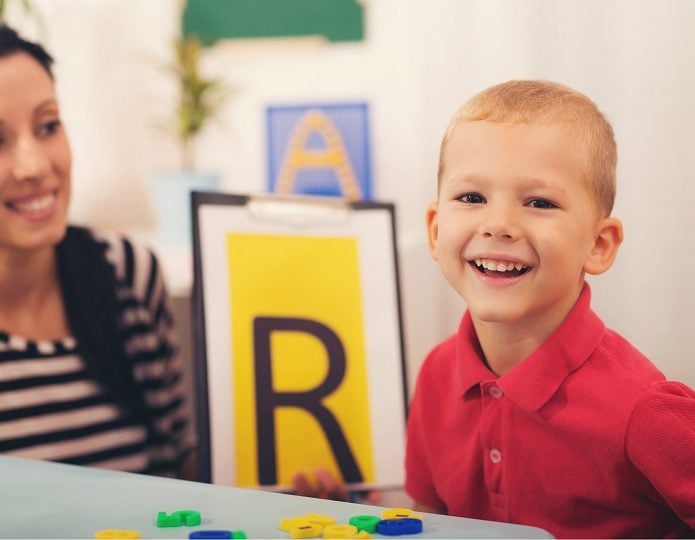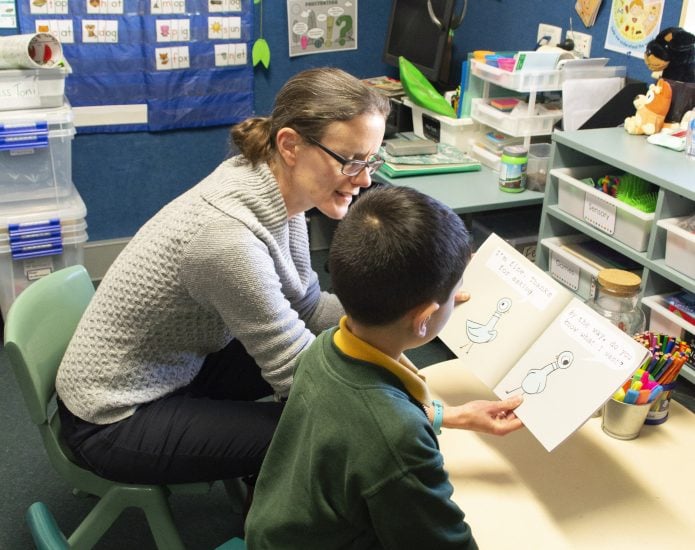Speech Pathology Week is an important time to take stock and remember that 1.2 million Australians have a communication disability.
This year’s theme for Speech Pathology Week in 2020 is Communicating with Confidence.
The coronavirus pandemic has highlighted the many challenges faced by Aussies with a communication disability. For one we now see Auslan interpreters and subtitles broadcast during important health announcements and updates.
During Speech Pathology Week we can all do more to support children and adults with a communication disability to communicate with confidence.
Be Patient
Someone with a communication disability might take a little longer to process or respond to questions so it is important you take your time, be patient and exercise some empathy. The same can be said for children who may be experiencing speech or language delays or day to day challenges communicating with others.
Make sure you have the full attention of the child or adult you’re communicating with. It might take some time but don’t rush things because it can only complicate matters.
Allow for enough time if you’re asking a question, wait for the person to reply and if necessary repeat the question in a calm, friendly and respectful tone, or maybe rephrase the question.
Keep it Simple
Often the best ways to communicate with someone with a communication disability is to do it in a simple and no-fuss way.
Remove any distractions or interruptions, like turn your phone on mute or turn it off. Find yourself a quiet place with less background noise or stimulations.
Simplify your language. Don’t use long complicated sentences if you know that the child or adult you’re talking to might have an issue understanding them, and try to use simple yes or no questions if you’re having trouble getting a response.
Communicate With Your Body
Speech Pathology Week is about highlighting that communication is more than just speech. Eye contact, hand gestures, physical movements, body language and visual cues are important when communicating – particularly for people with hearing impairment or other disabilities.
Looking into someone’s eyes when you’re communicating with them can create a connection and focus. Counting with your hands can help with numbers or nodding your head can help show that you agree or disagree on something.
Be aware thought that the person you’re communicating with may not feel comfortable with certain body language. For example, someone with autism might feel uncomfortable with unbroken eye contact throughout a conversation so it’s important to understand their needs and adjust your communication style.
Act Naturally
One of the biggest reminders from Speech Pathology Week is that communication disabilities are largely unseen and out of sight. That is why when communicating to a child or adult with a disability it is important to remember that you’re talking to a person first and foremost.
Talk directly to someone with a communication disability. If you’re talking to someone with someone who needs an interpreter talk to the person directly and not to the interpreter.
Don’t skirt around difficult topics and if you don’t understand someone just say that and you can both work together to communicate with confidence.




